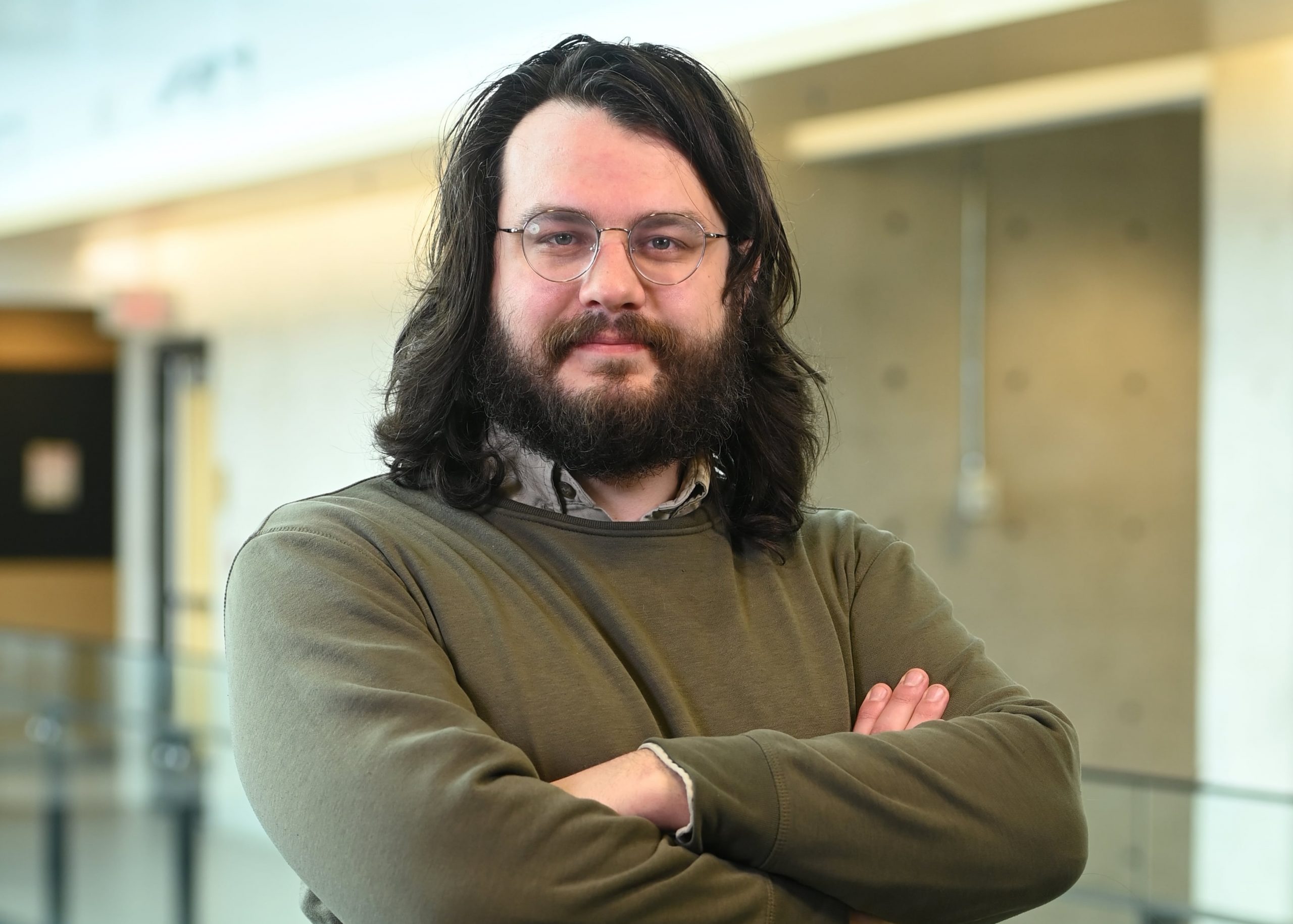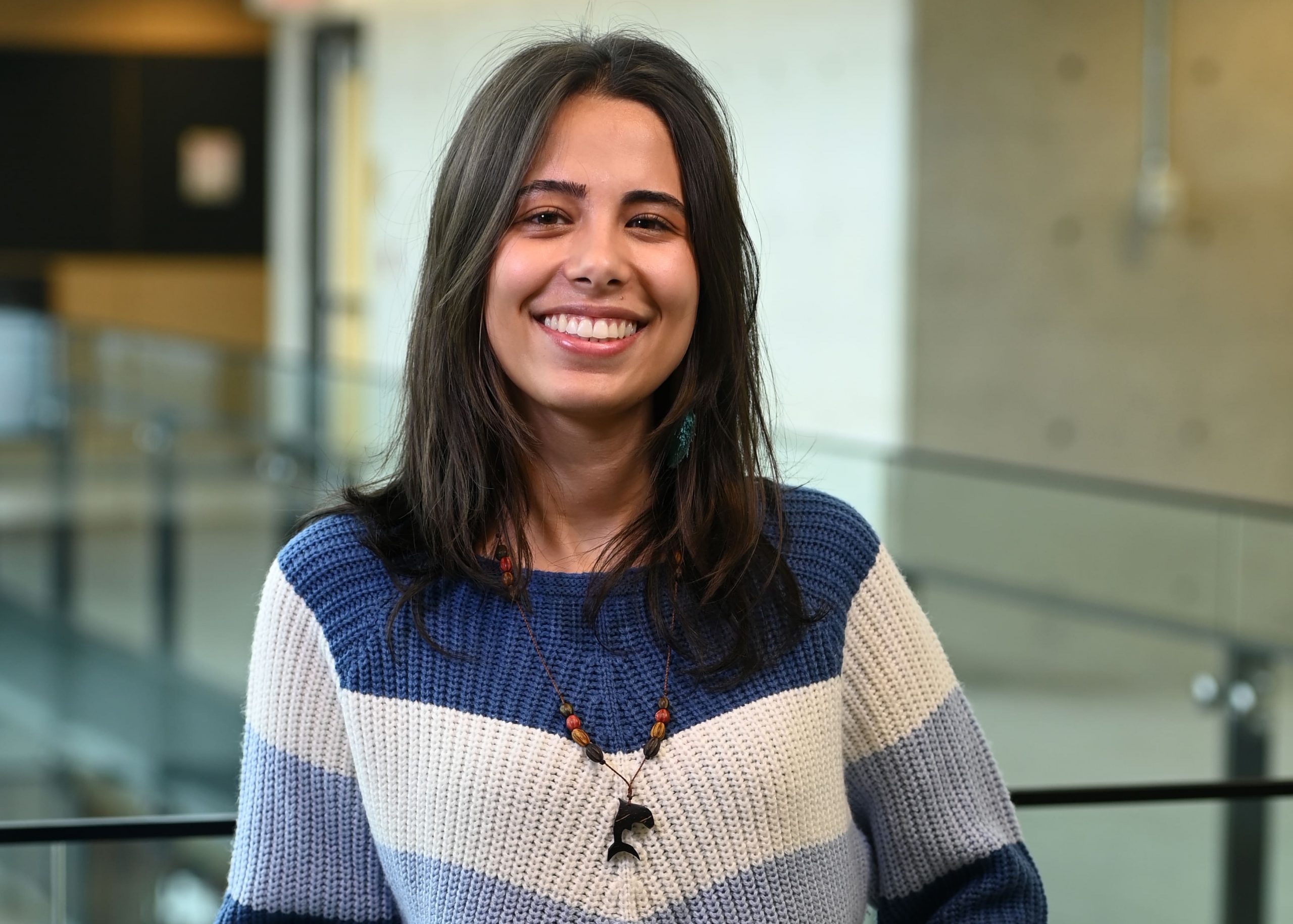
Although human-AI (artificial intelligence) teams are a relatively new concept, much of the research on them is well ahead of where such a novel research pursuit should be. One of the primary reasons for this comes from the decades of work that has already been done on human-human interactions. Although computers are nowhere near the complexity to be able to fully emulate all human capacities (e.g., the ability to reason, experience emotions, or to perceive other people’s emotions), they are advanced enough to be able to perform many tasks that on the surface appear to require some kind of intelligence. What can be seen in many human-AI teams is that this is enough to have people react to automation in fairly similar ways to how they would react to a real person. What this goes to say is that we probably don’t know everything about human-AI teams yet (especially given how complex human interactions are), but we already have a huge breadth of knowledge and research on likely possible behaviours of human interactions that help inform interactions and outcomes of human-AI teams.
Conveniently, a dominantly researched characteristic in human-human interactions is trust. Trust has been explored in numerous contexts such as romantic relationships, supervisor-subordinate interactions, and firm and customer transactions, with nearly all scenarios identifying trust as being critical to both the dynamics and success of the interactions. Much of this research has also highlighted how trust comes to be and how it can be built and broken. Before even interacting with someone (or something in the case of an AI), everyone has a predisposition to how likely they are to trust someone. Some of this predisposition to trusting other comes from cultural upbringings, with some cultures being more or less likely to inherently trust others. Another source on predispositional trust is previous life experiences, highlighting situations in which trust was broken by someone, causing a carry-over effect to not trust other people in the future.
The implications of already having research knowledge on human-human interactions is that it is much easier to identify qualities or characteristics that may be relevant to trusting (or not trusting) automated systems. Instead of wasting time trying to identify why someone may not trust an automated system, we already have a reasonable understanding as to why, as well as knowledge of ways that trust can be built up. Specifically, positive interactions is one of the best ways to improve trust in an automated system.
Although we have a ton of research to help guide the field, I think we all know that humans and AIs are not the same, and some differences have already come to light. For example, when it comes to predispositional trust, there have been some critical discoveries that define both how likely someone is to trust an automated system, as well has how that trust will change over repeated interactions with the system. Humans have a tendency to see other humans as fallible, which is to say we both expect and understand when someone makes a mistake. On the other hand, when it comes to automation, we are much less likely to extend it the same courtesy and will often make the assumption that the automation should be perfect in its decision-making abilities. The irony of it is that if the automation were in fact perfect, there would be no reason for us to even interact with it in the first place, yet despite knowing this and even being knowledgeable of the fact that you are interacting with an imperfect system, people still often refuse to extend the same trust in the system as it would a human counterpart.
Despite having a wide range of research to pull from to guide our future questions, we still need to recognize and accept that there are some characteristics that make AIs fundamentally different than our human counterparts. One of the largest and likely most critical differences is that AIs lack intentionality. Although we can train them to behave in ways that we desire, at the core of a computer they still lack the ability to decide their own intentions. By this I mean that they are practically indifferent to the outcome of a situation, as long as it is in line with their previously designed specifications. This difference stands at the core of why human-AI teams don’t always behave like human-human teams, due to the inability to know that there is a common set of rules being played by with both agents. For example, you can imagine that if you were working with an AI designed to help with Air Traffic Control, the designer of that system may create a ruleset that prevents the AI from taking any action that would cause harm to anyone. Although this may be well intended, what isn’t explicitly specified in that design is that it wouldn’t prevent an AI from making an action that could be deemed dangerous. This differs from a human counterpart that we inherently know (and hopefully trust) not to make decisions that would cause any increased danger. What’s important to note here is that the AI’s decision to do something dangerous is of no fault of its own, it simply lacks intentionality.
Image generated by a text-to-picture AI with the inspiration “The History of AI”










